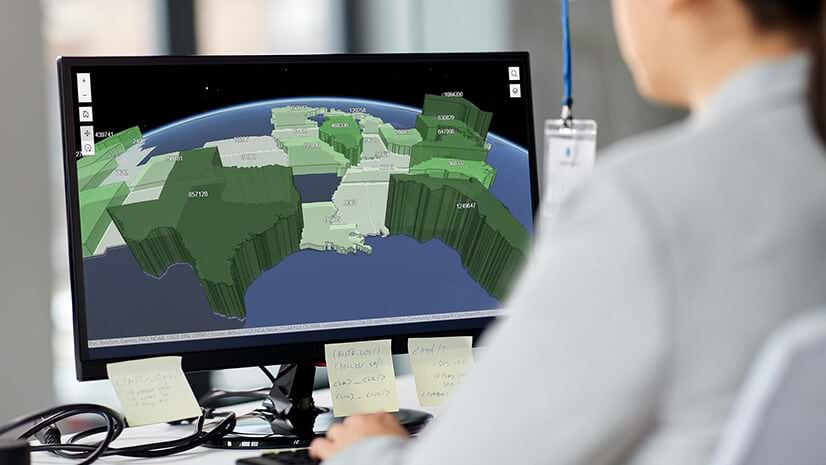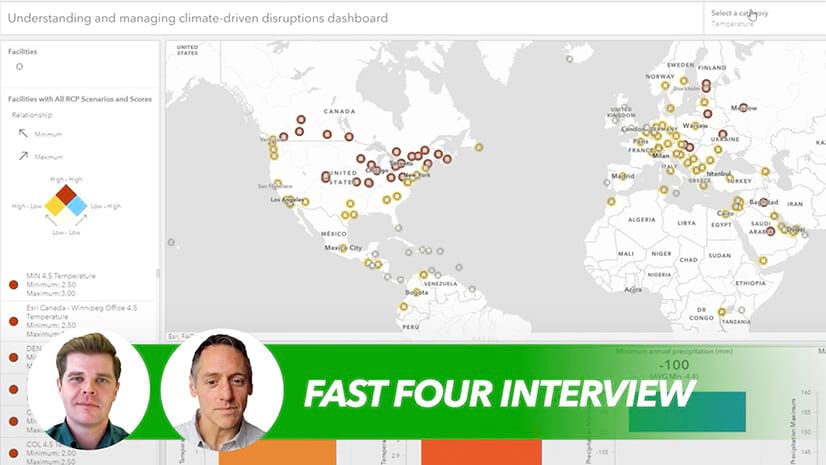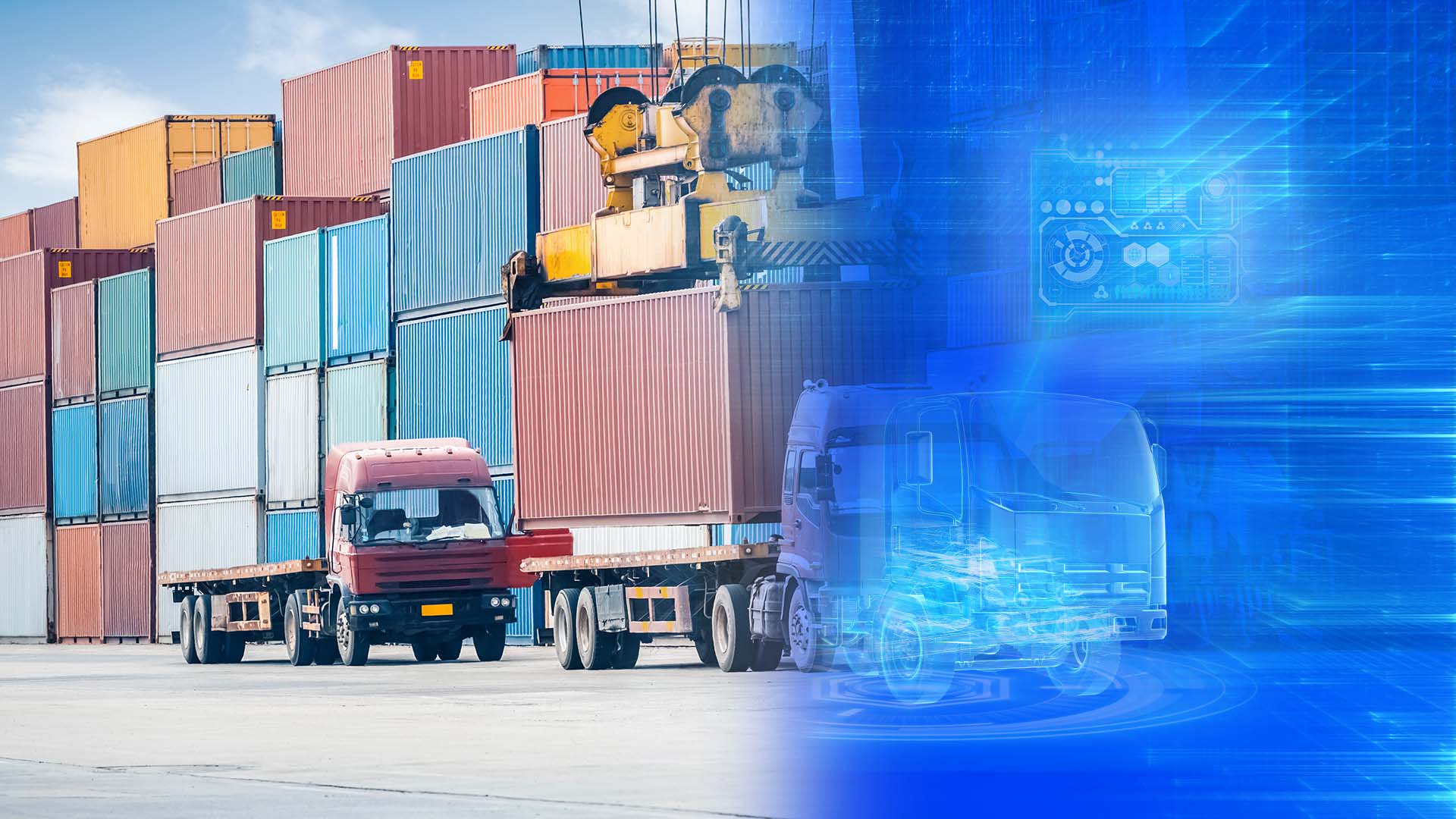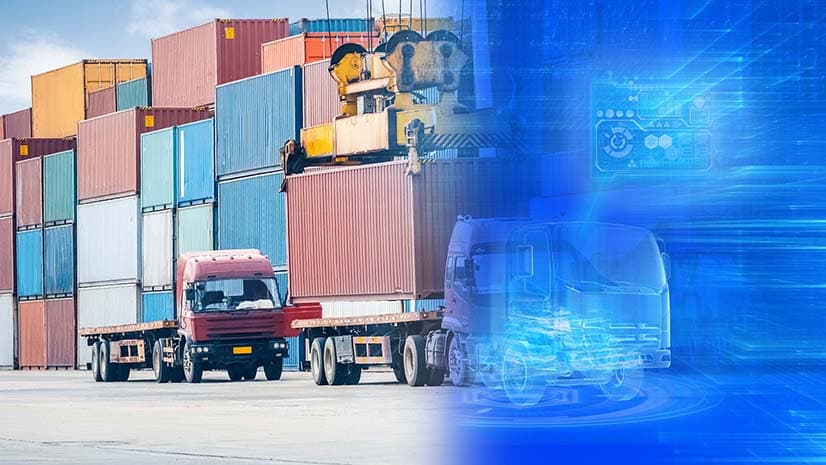Supply chain transparency has become a form of currency for both businesses and consumers. Detailed knowledge about how a product moves from origin to destination is now more than just a tool to monitor product safety and manage disruptions like storms or political upheaval. Increasingly, it also answers calls from younger consumers for sustainably and ethically sourced products.
To deliver this new level of supply chain visibility, responsive brands are turning to location intelligence.
Upping the Ante on Transparency
Multinational retailer H&M recently raised the profile of this trend. The Fortune 500 purveyor of fast fashion announced it would begin an ambitious program of garment transparency, allowing consumers in 47 online markets to find information on each item of clothing. Details include the name and location of the factory where it was made, the size of its labor force, and the materials used to craft the item. Brick-and-mortar customers can access the same information by scanning a price tag using the company’s app.
Accurately linking such data to far-flung suppliers has typically been a heavy lift for companies—one of the reasons business leaders have come to rely on a technology called GIS (a geographic information system), which delivers location intelligence by illustrating supply chain networks on a map.
H&M professes to be the first global fashion retailer to institute product transparency on this scale. The initiative falls in line with other moves the company is making towards sustainability, including its goal to use only sustainably sourced or recycled materials by 2030.
These measures have netted H&M favorable coverage, landing it in the fourth spot on Fashion Revolution’s annual Fashion Transparency Index last year. The Fashion Law, a blog that covers business and legal issues in the fashion industry, named the company even more transparent than Everlane, the direct-to-consumer clothing brand popular with Millennials that has made transparency a pillar of its business model.
Map-Based Visibility
Companies looking to demonstrate a commitment to sustainability and ethical partners often find location intelligence invaluable in making supply chain practices safe, secure, and transparent. This transformation has already begun in the usually opaque diamond business, where DeBeers, IBM, and Signet Jewelers have partnered to use blockchain-based technology to identify the mines their merchants patronize. By pegging each transaction to an exact location—information that is then securely shared among parties via blockchain—GIS can enable such efforts to reach new levels of reliability and specificity.
In today’s global market, the challenge of such an undertaking is formidable. In a 2017 survey by logistics provider Geodis, just 6 percent of respondents reported having full visibility over their supply chains, even as that issue has become their third-highest priority. Many manufacturers simply don’t know what is happening in the networks they rely on to cultivate and transport their goods and supplies. That failure of transparency can lead to safety issues, cultural missteps, and PR crises.
Companies that do manage to create visibility often do so by adopting a “single pane of glass” perspective on supply chain operations and data, one made possible by GIS. The technology delivers location intelligence by collating multiple layers of real-time or historical information onto a smart map, giving operators situational awareness and the ability to respond quickly.
“Essentially, on one screen, they see a holistic view of their organization—its facilities, moving assets, personnel, and vendors and partners in the supply chain,” said Esri’s Steve Marshburn in an interview about corporate security. This capability enables businesses to honor their commitments to sustainability and avoid reputational damage.

Customers with higher expectations born of an information-rich climate are putting pressure on companies to operate supply chains that support the environment and fair labor practices.
A New, Sustainability-Minded Consumer
Consumers, especially younger generations like Millennials, are demonstrating their commitment to sustainability through their wallets. A recent Nielsen report found that products with legitimate claims to sustainable practices showed better growth than competitors—a distinction that can lead to better retail shelf placement. More than other consumers, online buyers want to know the provenance of their purchases and will reward transparency with greater brand loyalty.
“Today’s global consumer—empowered by information and high on expectations—has fueled a right-now economy that forces businesses and supply chains to accelerate both their decision-making and their quality delivery of products and services,” says Cindy Elliott, head of Esri’s commercial industry marketing team.
As this trend intensifies, more companies will follow industry leaders in enlisting location intelligence to create greater supply chain transparency.












